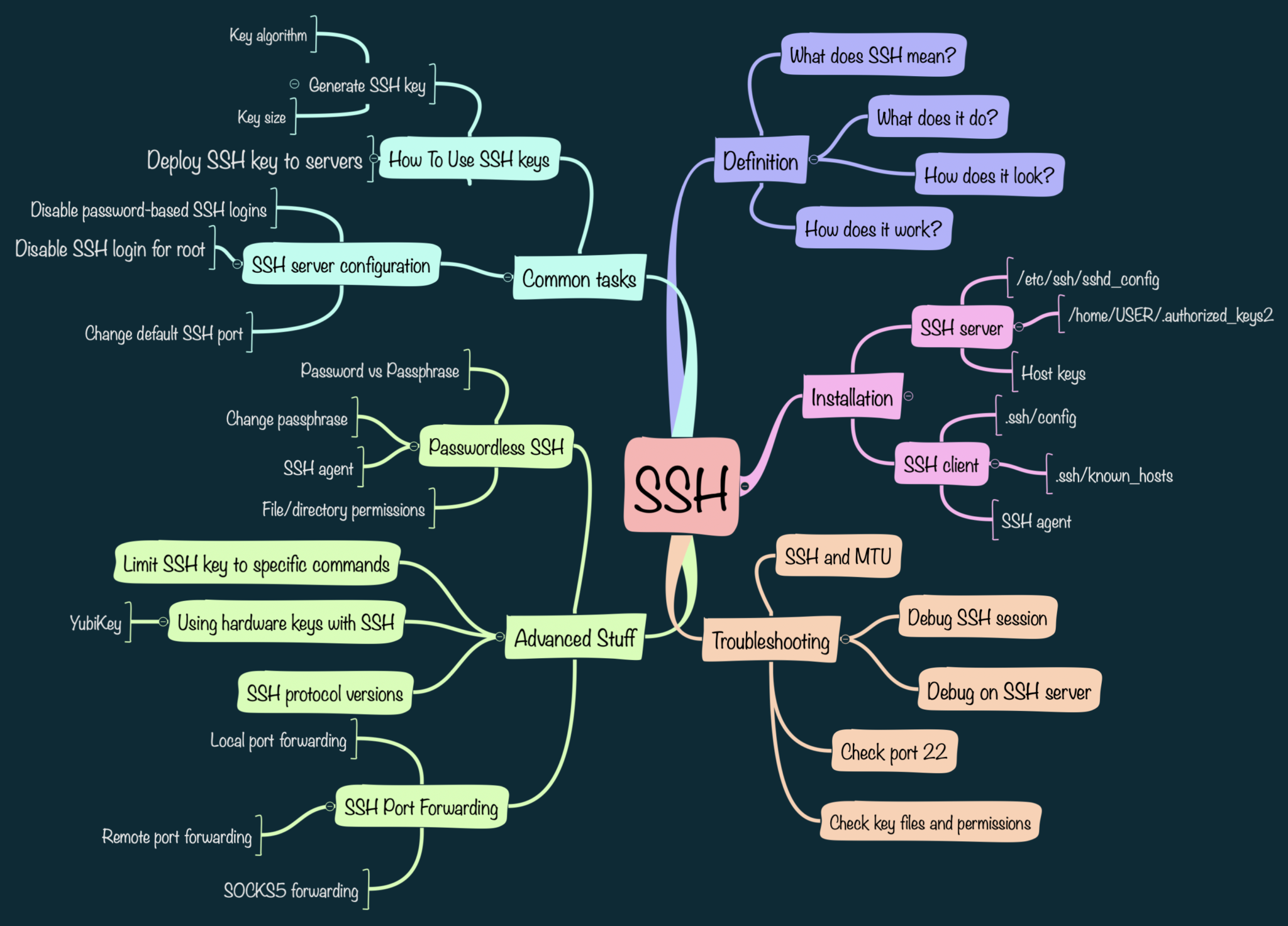As the Internet of Things (IoT) continues to transform industries, the ability to manage IoT devices remotely has become indispensable. Combining remote access with the secure shell (SSH) protocol offers a powerful solution for administrators and developers looking to manage devices efficiently. This comprehensive guide delves into the principles, implementation strategies, and best practices for establishing secure remote connections to IoT devices using web-based SSH interfaces.
In today’s connected world, where IoT devices are deployed across diverse locations, reliable remote management is essential. Remote IoT web SSH provides a robust framework that balances accessibility and security, addressing the complexities of managing devices in distributed environments. By understanding and implementing this technology effectively, you can enhance operational efficiency while adhering to stringent security standards.
This tutorial explores various facets of remote IoT management through SSH, including setup procedures, security considerations, and advanced configuration options. Whether you're a seasoned IT professional or new to IoT technology, this guide equips you with the knowledge and practical steps to master remote device management via web-based SSH interfaces.
Read also:Exploring The Heart Of Comedy Jim Gaffigans Family Life And Influence
Table of Contents
Understanding Remote IoT Web SSH
Remote IoT web SSH integrates three critical technologies: IoT devices, the secure shell (SSH) protocol, and web-based interfaces. This combination empowers administrators to manage and control IoT devices from virtually any location with internet access while ensuring secure connections. Unlike traditional local network management, remote IoT web SSH offers flexibility in managing devices across multiple locations without compromising security.
The SSH protocol, originally designed for secure remote login to Unix systems, has evolved into a standard for secure network services. When applied to IoT devices, SSH establishes encrypted communication channels that safeguard sensitive data and prevent unauthorized access. The integration of web-based interfaces makes this technology accessible even to administrators with limited command-line experience.
Key Features of Remote IoT Web SSH
- Advanced Encryption: Employs robust encryption algorithms to secure data transmission.
- Multi-Layer Authentication: Implements multiple levels of user verification for enhanced security.
- User-Friendly Interface: Provides intuitive access through browser-based clients.
- Comprehensive Device Management: Facilitates remote configuration and monitoring capabilities.
- Granular Access Control: Offers detailed permission settings for different user roles.
Preparing Your IoT Device for Remote Access
Proper preparation of your IoT device is essential for a successful remote IoT web SSH implementation. The setup process involves several critical steps to ensure your device is ready for secure remote management. This section outlines the necessary configurations and preparations required to establish a reliable remote access environment.
Device Setup Steps
- Firmware Update: Ensure your IoT device runs the latest firmware version to benefit from the latest features and security patches.
- Network Configuration: Set up static IP addresses or configure dynamic DNS services to maintain consistent connectivity.
- Firewall Rules: Adjust firewall settings to allow SSH traffic while maintaining stringent security protocols.
- User Account Management: Create dedicated user accounts with appropriate permissions to control access levels.
- Time Synchronization: Implement NTP services to ensure accurate timekeeping, which is crucial for logging and auditing purposes.
Recommended Hardware Specifications
| Component | Minimum Requirement | Recommended Specification |
|---|---|---|
| Processor | 1 GHz ARM Cortex | 1.5 GHz ARM Cortex or better |
| RAM | 512 MB | 1 GB or more |
| Storage | 4 GB eMMC | 8 GB eMMC or more |
| Network Interface | 100 Mbps Ethernet | Gigabit Ethernet |
Configuring SSH for Secure Connections
Configuring SSH properly is fundamental to establishing secure remote connections with IoT devices. This section covers essential configuration steps and security considerations to ensure your SSH implementation meets industry standards while maintaining operational efficiency.
SSH Configuration Best Practices
- Use SSH protocol version 2 exclusively to benefit from enhanced security features.
- Implement key-based authentication instead of relying solely on passwords for stronger security.
- Disable root login through SSH to minimize the risk of unauthorized access.
- Set appropriate timeout intervals for inactive sessions to enhance security.
- Limit SSH access to specific IP addresses or networks to restrict unauthorized access.
Generating and Managing SSH Keys
SSH key-based authentication offers a more secure alternative to traditional password authentication. The process involves generating public-private key pairs and configuring them correctly on both the client and server sides. Here's how to implement key-based authentication:
- Generate RSA or ED25519 key pairs using the
ssh-keygentool. - Store private keys securely on client devices to prevent unauthorized access.
- Copy public keys to the IoT device's
authorized_keysfile for authentication. - Set appropriate file permissions (600 for private keys) to maintain security.
- Test key-based authentication thoroughly before disabling password-based access.
Web-Based SSH Solutions
Web-based SSH interfaces have transformed remote device management by offering accessible and user-friendly solutions for administrators. These interfaces combine the security of SSH with the convenience of web technologies, enabling seamless remote management through standard web browsers.
Read also:Discovering The Brilliance Of Park Eunbin A Rising Star In Kdrama
Popular Web SSH Tools
- WebSSH2: A lightweight web-based SSH client ideal for simple use cases.
- Shellinabox: An advanced web-based terminal emulator with robust features.
- GateOne: A feature-rich web terminal solution suitable for complex deployments.
- Wetty: A web-based TTY implementation designed for simplicity and ease of use.
Comparison of Web SSH Features
| Feature | WebSSH2 | Shellinabox | GateOne |
|---|---|---|---|
| Authentication Methods | Key-based | Password/Key | Multiple Options |
| Protocol Support | SSH | SSH/Telnet | SSH/RDP |
| Session Management | Basic | Intermediate | Advanced |
Security Best Practices
Implementing robust security measures is critical when deploying remote IoT web SSH solutions. This section outlines essential security practices that help protect your devices and network from potential threats while ensuring compliance with industry standards.
Essential Security Measures
- Implement multi-factor authentication (MFA) to add an extra layer of security.
- Regularly update SSH software and dependencies to address vulnerabilities.
- Monitor and log all SSH access attempts for auditing and forensic purposes.
- Use strong, unique passwords for fallback authentication mechanisms.
- Regularly rotate SSH keys and certificates to minimize the risk of key compromise.
Network Security Considerations
Proper network configuration is vital for securing remote SSH access. Follow these network security measures:
- Use dedicated management VLANs for IoT devices to isolate traffic.
- Implement intrusion detection/prevention systems to detect and mitigate attacks.
- Configure rate limiting for SSH connections to prevent brute-force attacks.
- Use SSH tunneling to add additional encryption layers for sensitive communications.
- Implement geo-blocking to restrict access from unauthorized regions.
Advanced Configuration Options
For administrators seeking to optimize their remote IoT web SSH implementation, advanced configuration options can enhance functionality and security. These features cater to complex deployment scenarios and specific organizational requirements.
Advanced SSH Features
- Port forwarding and tunneling configurations to securely access internal resources.
- SSH agent forwarding for managing multiple devices efficiently.
- Custom SSH banners for security notifications and compliance requirements.
- Chroot environments for restricting access to specific directories or systems.
- SSH multiplexing for improving connection efficiency and reducing latency.
Automation and Scripting
Automation capabilities can significantly enhance remote management efficiency. Consider implementing these automation features:
- Automated backup scripts through SSH to streamline data preservation.
- Integration with configuration management tools for centralized control.
- Scheduled maintenance tasks to ensure devices remain up-to-date and secure.
- Automated security audits to identify and address potential vulnerabilities.
- Centralized logging and monitoring systems for comprehensive oversight.
Troubleshooting Common Issues
Despite meticulous planning and implementation, administrators may encounter challenges when working with remote IoT web SSH. This section addresses common issues and provides practical solutions to help resolve connectivity and configuration problems.
Frequent Connection Problems
- Timeout errors during connection attempts due to network latency or firewall restrictions.
- Authentication failures despite correct credentials caused by misconfigured SSH settings.
- Intermittent disconnections during sessions due to unstable network connections.
- Slow response times and latency issues resulting from low-bandwidth links.
- Port conflicts with other services leading to connection failures.
Troubleshooting Checklist
- Verify network connectivity and firewall settings to ensure proper access.
- Check SSH service status on IoT devices to confirm the service is running.
- Review authentication logs for errors to identify potential configuration issues.
- Validate SSH configuration files for syntax errors to ensure proper functionality.
- Test connectivity using different client devices to isolate the problem.
Performance Enhancement
Optimizing remote IoT web SSH performance requires careful consideration of various factors affecting connection speed, reliability, and resource utilization. Implementing these strategies can significantly enhance your remote management experience.
Performance Enhancement Techniques
- Enable SSH compression for low-bandwidth connections to improve data transfer efficiency.
- Use persistent connections for frequent access to reduce connection establishment overhead.
- Optimize SSH cipher selection for better performance while maintaining security.
- Implement connection pooling for managing multiple devices efficiently.
- Leverage hardware acceleration when available to boost encryption and decryption speeds.
Resource Management Best Practices
Effective resource management ensures optimal performance while maintaining security:
- Limit simultaneous connections

